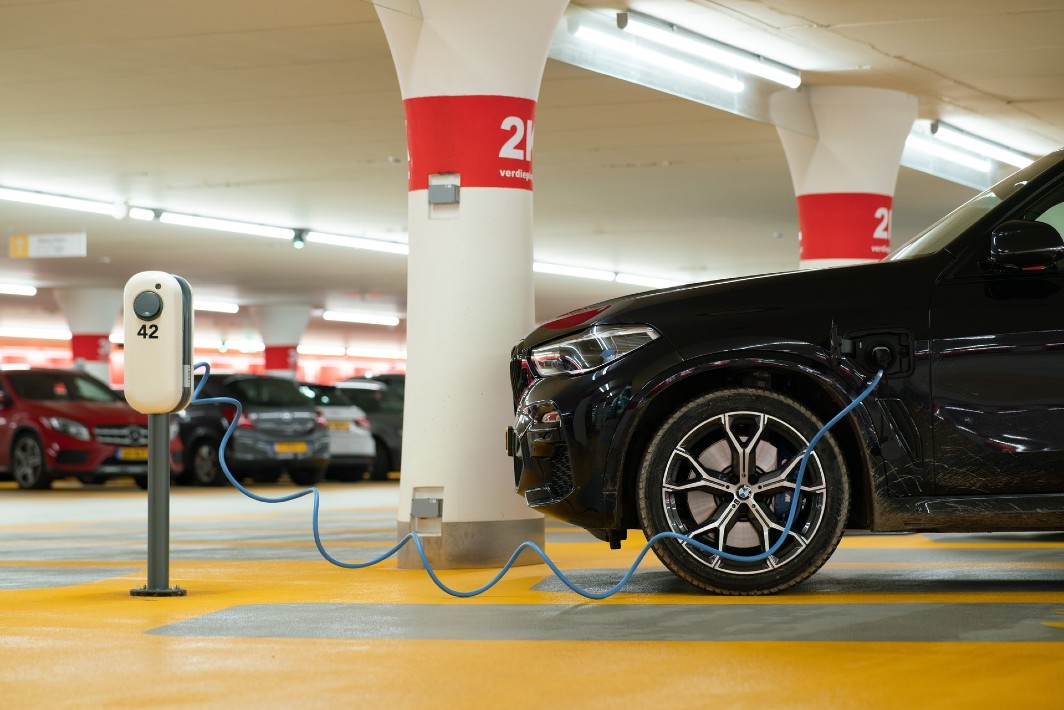Our recent post on staff mileage and SECR explained how to calculate your employees’ emissions when they are driving a petrol or diesel vehicle for work purposes. But what if your employee is driving an electric vehicle or hybrid? The calculations for this are slightly more complex.
Calculating emissions from staff EV travel
Whether it’s petrol fumes, electricity generated or even methane from horse manure, all emissions reported under SECR need to be expressed in terms of carbon dioxide equivalent, or CO2e. Every year, the Department for Business, Energy and Industrial Strategy (BEIS) publishes conversion factor spreadsheets giving values for converting activity data into CO2e. The latest set of conversion factors has a dedicated tab labelled UK electricity for EVs. To calculate the emissions for a battery electric vehicle, you need to take the conversion factor for the specific type of vehicle and multiply it by the distance travelled (whether that’s in km or miles).Calculating emissions from staff travel in a hybrid
Hybrid cars and vans have two fuel sources, so they emit two kinds of emissions, and you will need to calculate both. Your calculations for the electric component of the emissions work as in the example above, and your calculations for the petrol or diesel component work the same way as for a fully fossil-fuelled car. (Our blog post on staff mileage and SECR has a couple more examples of the latter.)What if the business is using renewable electricity?
Emissions from electric vehicle travel and the electric component of travelling in a hybrid come under Scope 2. This is the category of emissions relating to the energy you buy. The official guidance recommends that if the energy you purchase is from a renewable source, you should report it in two different ways for maximum accuracy: the average emissions from the grid in your area (“location-based”) plus your own purchase of renewables (“market-based”). This “dual reporting” approach gives you credit for supporting the generation of new renewables while reflecting the reality that no organisation can control what comes out of the grid. Many businesses find it difficult to do their SECR reporting in a way that accurately reflects their investment in renewables. It may become simpler as the government explores energy market reforms this year, but there is always a chance that updated rules will simply add an extra layer of complexity.
If the content of this or any of our articles has interested you, please get in touch for a no-obligation chat with our industry-leading experts at Sustainable Energy First.













